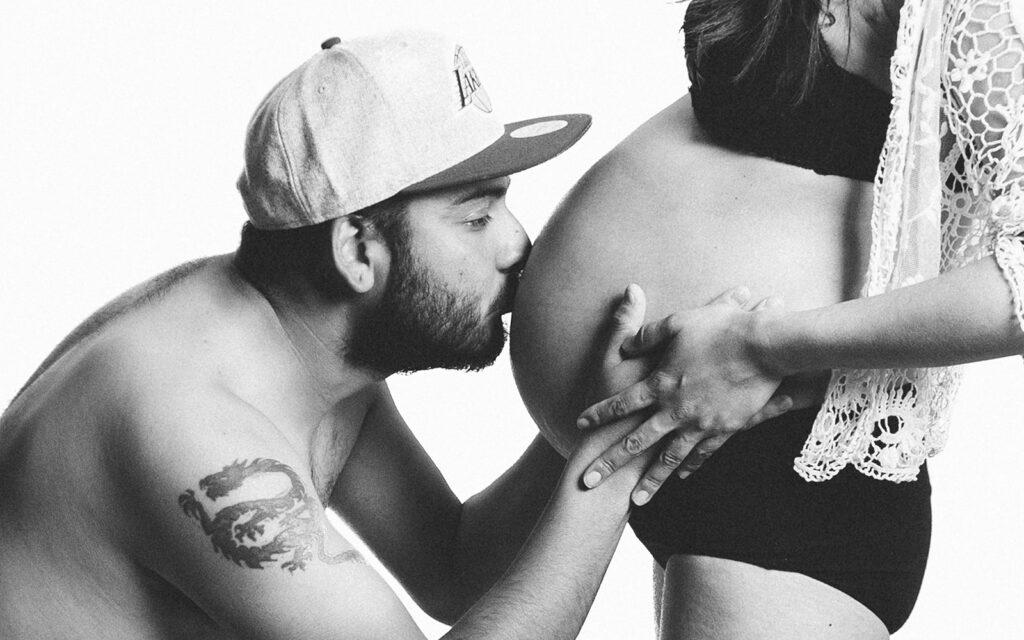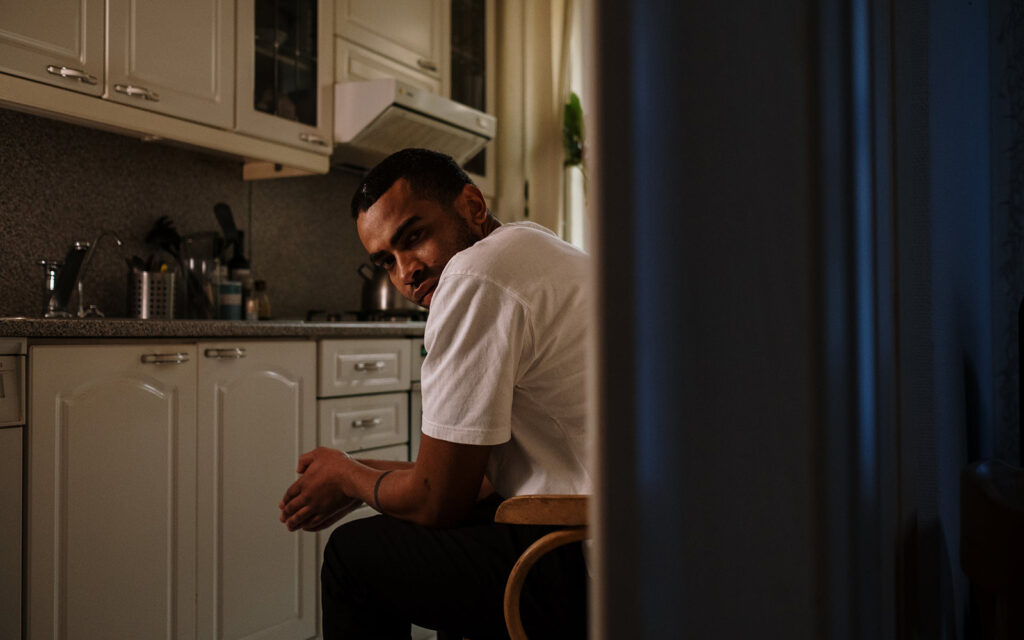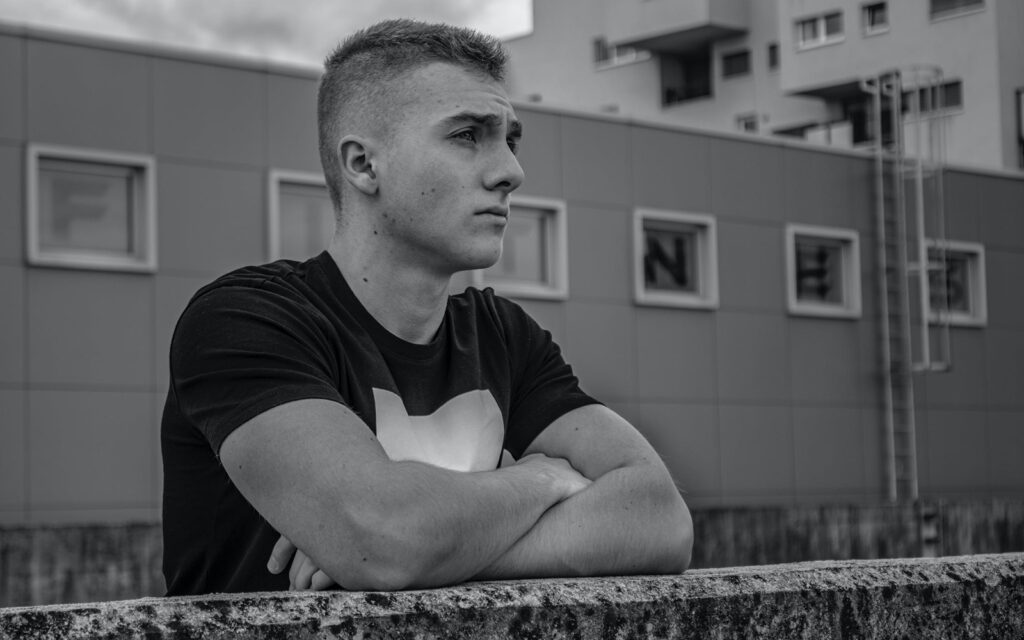Abuse is defined as the use of violence, disrespect, cruelty, hurt, or force against another person. Abuse in a relationship occurs when someone mistreats their partner in any of these ways. Abuse in a relationship can take many forms, including physical, sexual, and emotional abuse. It might be any or all of them.
According to Dr. Linda Coates and Dr. Allan Wade of the Centre for Response-Based Practice, violence and abuse are acts that are carried out by one person against another person, and against the other person’s will and well-being. The person who is violent or abusive is the one who is responsible for these actions. The person who is on the receiving end of the violence or abuse is not responsible, and almost always resists or opposes the violence.
Often the words, “abusive relationship”, are used to describe an intimate relationship in which one partner behaves abusively or violently towards the other partner. This term “abusive relationship”, though, is misleading. To understand why it is misleading, it helps to think about a “loving relationship”. When we hear that two people have a loving relationship, we assume that both people in the relationship are loving and kind towards each other. We also assume that both people are responsible for helping the relationship to be a “loving” one. In the same way, if we talk about an “abusive relationship”, we are (often unintentionally) implying that both people are part of the problem. We are also implying that both people in the relationship are responsible for the violence and abuse.
Mean words, threats, or shame may be used when there is abuse in a relationship. The abuser may act jealous or in a domineering manner. Alternatively, physical or sexual violence can be used. These things can begin small and gradually grow.
It is more accurate to say that one partner is behaving violently or abusively towards the other partner, against the other partner’s will and well-being.
If you find yourself in any of these situations, it is time to find help. There are people who can assist you in getting to a safe location and who can assist you in sorting through all of the emotions associated with partner abuse.
Is it possible that I’m in a relationship where there is abuse?
Here are several indicators to look out for. You might be at risk or in a relationship where there is abuse if someone:
- in any way damages you physically: hitting, shoving, shaking, or kicking are all examples of this
- threatens to hurt you or themselves if you leave the relationship
- compels you, or tries to force you, into any form of sexual act you don’t want to do
- seeks to exert control over aspects of your life such as how you dress, who you associate with, and what you say
- often shames or makes you feel unworthy or twists the truth to make you feel responsible for their actions
- demands to know where you are at all times
- frequently acts jealous or angry when you want to spend time with your friends
- makes mean or rude comments on social media
- demands or asks for your social media sign-in information
If you’re unsure whether you’re in a relationship where there is abuse, seek advice from a therapist or call our hotline.
How to get out of a Relationship Where there is Abuse
Recognize that you have a right to safety. You are entitled to be treated with dignity. The first step is to realize this.
- Put your trust in someone you know. Tell a parent, trusted adult, health practitioner, or friend about your situation so they can assist you.
- Expert assistance and support are available. Abuse might leave you feeling befuddled, terrified, or fatigued. Find a therapist to assist you in tapping into your emotional strength. They can assist you in sorting through the various emotions you may be experiencing.
- Call a helpline for assistance. Learn more about how to safely leave a relationship where there is abuse. The counsellors on the hotline can also chat with you about other options that might help you going forward.
How do I process my Emotions?
Learn about the impact of relationship abuse on people and their responses to abuse. Partner abuse can leave visible scars, such as bruises, sprains, or markings. However, it can also result in unseen emotional pain. Trauma is a deep emotional tension that makes you feel uncomfortable.
Consider how you’ve responded to, and/or been affected by relationship abuse. A partner’s abuse can leave you feeling frightened or unsettled. Because of everything you’ve gone through, you may feel furious, unhappy, nervous, or depressed. It’s typical to experience a range of emotions after being abused. Emotions can be a response to abuse that make sense given the situation. For example, depression may actually be a refusal to be happy with being mistreated by someone who is supposed to love you,
Even when the abuse has stopped, the underlying emotions or tension can persist. Take note of how things have gone for you. Notice everything you did to respond to the abuse. If you have been abused, you very likely resisted or opposed the violence in some ways. Sometimes it is not safe to o[enly resist, so people may resist in small, unseen ways, even by the thoughts they have. It can be helpful to reflect on how you resisted the abuse.
Seek the assistance of a therapist who understands trauma and how people respond to abuse. There is counselling available to assist people in dealing with their deep stress. It’s known as trauma-informed therapy. Response-based therapy is also helpful for people who have experienced violence and abuse. Counsellors and therapists use these approaches as a sort of talk therapy. It aids those who have experienced trauma, such as abuse. Find a therapist with whom you can collaborate.
Reconnect with your coping skills and share your story. Trauma-informed treatment or response-based therapy can provide you with a sense of safety and support. You can develop further coping techniques and receive assistance in treatment. This allows you to confront painful memories, express your experience, recall your resistance, and heal. Find the right words to express your feelings about what you’ve been through.
If you require immediate help
If you’ve been hurt physically, get medical attention or dial 911.
Helplines can provide information on how to safely leave an abusive relationship – 1-833-327-MENS (6367)
The emotional pain of partner violence might be lessened by sharing your story with a trained therapist. It can also assist you in discovering your inner power and moving towards relationships that contribute to your overall well-being.
If you are concerned about your own behaviour, or that of someone you know, taking the first step towards correcting your behaviour can be very challenging. Men & is proud to help support any man who is facing that difficulty head-on. Our resources provide a variety of helpful options so there is something for everyone to benefit from.





